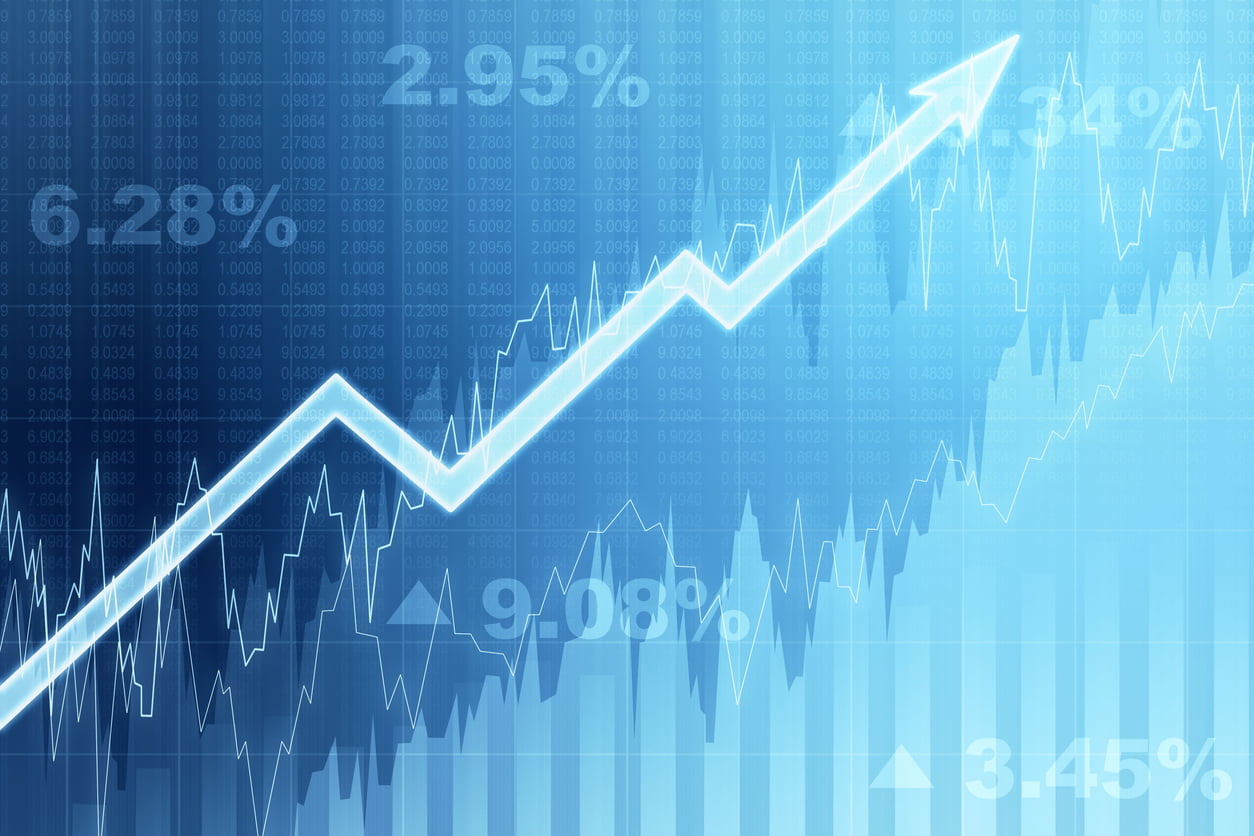- Alternative Data
RADAR Model Study of the Results for the Fiscal Year Ending in March 2023

On June 5, 2023, the closing price of the Nikkei Stock Average was 32,217 yen, having recovered to above the 32,000-yen level for the first time since July 1990, following the end of Japan's bubble economy. One reason for the glowing stock market results was the strong recent performance of Japanese companies. Most such companies close their books in March, and these listed companies generally disclose preliminary figures known as "earnings reports" around one and a half months after the end of the fiscal year. According to a survey by the Nikkei*1, about 25% of the companies that had announced their financial results reported record-high net income for the fiscal year ended March 31, 2023. The rise in stock prices since late May reflected the fact that the excellent performance of many companies had become clear when the financial results were released.
*1 One out of four companies recorded its highest profit for the fiscal year ending March 2023. Yaoko recorded its profit for 30 consecutive years.(2023, May 31)
In this paper, we investigate the transition of credit ratings estimated by the RADAR model for Japanese listed companies (excluding banks, securities, and insurance) using the latest financial data. The data for the fiscal year between April 2021 and March 2022 were used for the period before the transition. The post-transition data used was for the period from April 2022 to March 2023.To reflect the most recent results, we used the preliminary values for firms closing their books in March 2023.
The quantitative RADAR models, provided by Nikkei Financial Technology Research Institute (or Nikkei FTRI), use financial information to estimate R&I credit rating and can be employed to calculate 20-point ratings from "aaa" to "d" for company creditworthiness. The RADAR offerings include a large company model, a medium-sized company model, and RADAR Public, which estimates ratings for local governments. All of these models approximate R&I credit ratings. There is also RADAR Global, which estimates the ratings of foreign companies.
The calculated rating trends were categorized into "rating increase," "rating unchanged," and "rating decrease," as shown in the table below (see Table 1). Compared to one year ago, 19.5% of all companies increased their credit rating, 70.6% remained unchanged, and 9.9% decreased their credit rating. The percentage of companies whose credit ratings rose was about twice as high as that of those for which the same figure fell. Reflecting the strength of corporate performances, the RADAR model confirms that credit quality of Japanese listed companies continues to increase on average.
In our previous article, "RADAR Model Study of the Impact of the Coronavirus Pandemic on Japanese Companies," we reported that the downgrades in the restaurant, inn, and railroad industries were significant due to the Corona disaster. In this report, we estimated the ratings of these three industries based on their most recent financials, and confirmed that, in contrast, the rating upgrade percentage figures were high.
In the restaurant industry, 30.0% of respondents upgraded their rating, 59.1% remained unchanged, and 10.8% downgraded their rating, indicating significantly higher percentage results for upgrades than those for downgrades. It is thought that the government's easing of restrictions on business activity has revived demand for eating out, leading to a recovery in sales and a rating upgrade. On the other hand, a review of the financial statements of companies that were downgraded shows that some companies were unable to cover increased expenses (e.g., labor cost increases due to labor shortages, raw material cost increases due to yen depreciation, etc.) with sales, resulting in a decline in earnings.
In the hotel industry, 20.0% of respondents upgraded their rating, 80.0% remained unchanged, and 0% downgraded their rating. The reasons for the upgrades include a recovery in Japanese demand for lodging due to the lifting of government restrictions on activities and travel assistance, as well as a sharp rebound in foreign tourists following the easing of border-related measures.
As for the railroad industry, 17.4% of the companies were upgraded, 69.6% had unchanged ratings, and 13.0% were downgraded, indicating that the percentage accounted for by upgrades was higher than for downgrades. As for the railroad industry, the lifting of the government's action restrictions has led to a recovery in holiday demand, resulting in increased revenues. However, 13% of the companies in the railroad industry were downgraded, so the ratio of upgrades was not as overwhelmingly high as in the other two industries. This may be due to the fact that while demand for leisure travel has increased, business demand has not increased to as great an extent due to the spread of telecommuting and web conferencing, and rising fuel costs may be hindering the recovery.
In conclusion, the trend of increasing credit ratings in the three industries that were most affected by Corona confirms that the Japanese economy is finally emerging from this pandemic disaster.
Table1. Changes in Ratings of Listed Companies over 1 Year

If you are interested in our services, please contact us.
https://www.ftri.co.jp/eng/index.html#company
Nikkei FTRI

Nikkei FTRI is a member of the Nikkei Group that works with data analysis technology. We are recognized for the high quality of our analytical and modeling techniques, which utilize both traditional and alternative varieties of data.
See More
